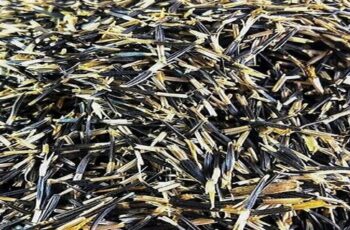Ad Blocker Detected
Our website is made possible by displaying online advertisements to our visitors. Please consider supporting us by disabling your ad blocker.
The most beautiful plants sometimes hide poisonous secrets. To defend themselves, plants have developed all types of stratagems: some contain toxins that are sometimes fatal for humans. Among them, some very common in the garden, whose toxicity you may not have suspected!
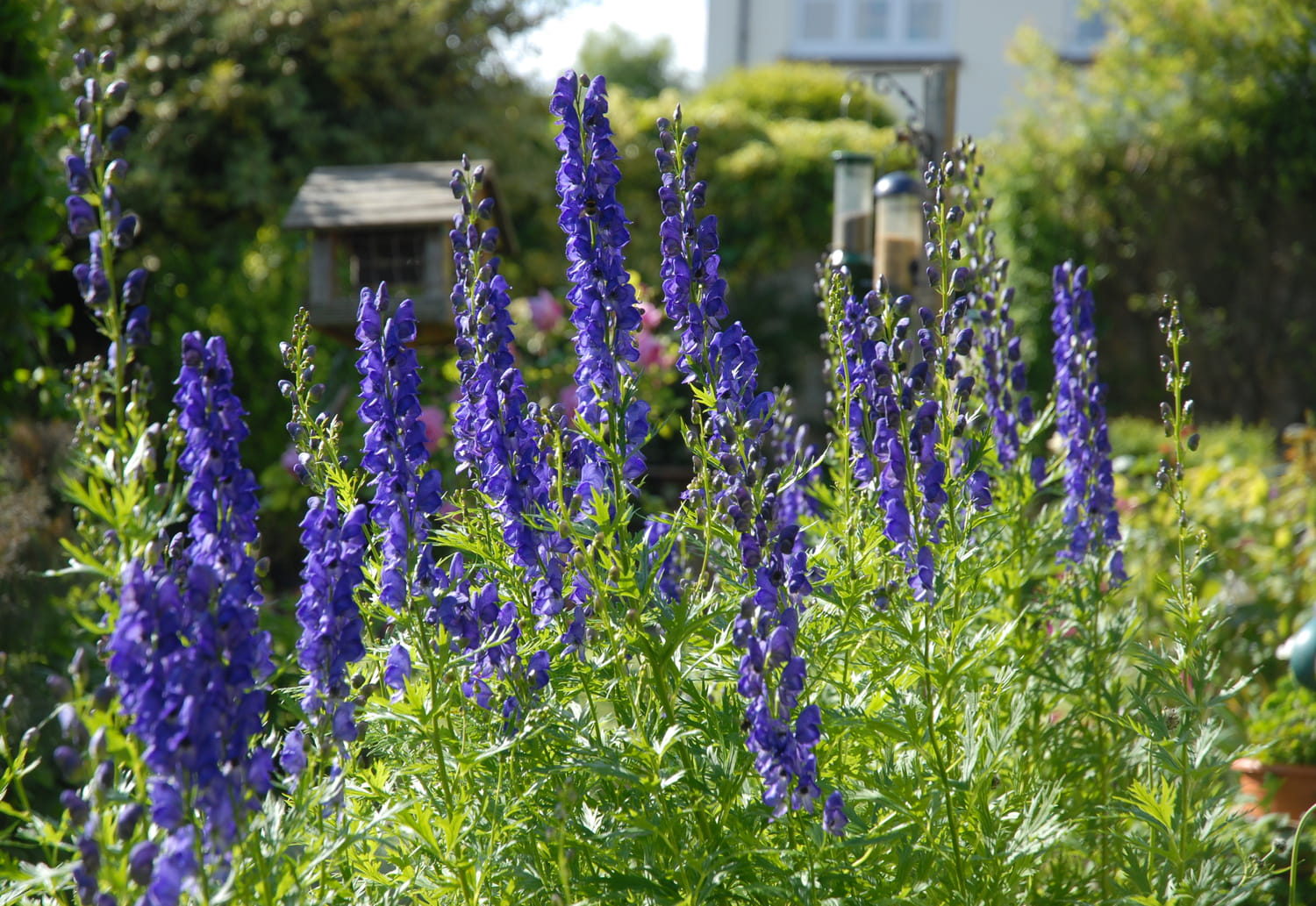
Poisonous plants are numerous in the garden; even the most common ones can sometimes be dangerous. Here are some precautions to take to avoid poisoning.
- Before planting a newcomer to the garden, find out about its toxicity. Install dangerous plants away from the passage, the terrace, the vegetable garden, or children’s play areas.
- Don’t let young children play alone in the garden, teach older children about poisonous plants.
- Learn to identify plants and be very vigilant, some species look alike: confusion between two plants is one of the first causes of plant poisoning.
- Do not play sorcerer’s apprentice by trying to heal yourself with plants if you are not sure you have identified them: consuming certain plants in herbal tea can be extremely dangerous.
- Even if it is the fashion in some restaurants, never eat flowers in salads without being sure that they can be digested without risk.
- Do not go near freshly pruned plants, the sap can sometimes be irritating or toxic.
- Prune shrubs with poisonous berries after flowering, to prevent them from being ingested.
- Wear gloves when gardening and always wash your hands after handling plants.
- If poisoned or suspected after ingesting a plant, call a poison control center immediately for advice. Do not take any initiative, do not make the intoxicated person vomit: this can sometimes make the problem worse.
stinging plants
Who rubs it, pricks it… Some plants can cause serious allergic reactions or second-degree burns.
- The leaves of the fig tree contain a phytophototoxic sap, and skin reactions (redness, swelling, blisters), worsen after exposure to the sun. The same effects can be noticed with plants such as angelica, fennel, wild chervil, or even St. John’s wort.
- Spurge sap is very irritating to the skin and eyes.
- Barks from the Rutaceae family such as lemon or orange trees can also be irritating.
Plants poisonous to humans
In this non-exhaustive list, you will discover the main flowers in the garden that are toxic to humans. Some are deadly. The dangerousness depends on the dose ingested and the fragility of the person who consumed them (young child, elderly person, etc.). The poison of some of these plants is used by laboratories for medical purposes, in minimal doses.
Aconite
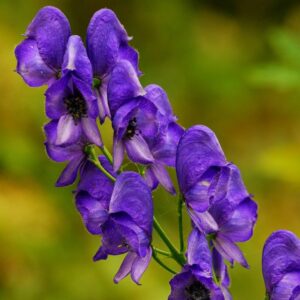
also nicknamed “devil’s helmet”, aconite is one of the most dangerous flowers in the garden. All its parts are poisonous and it can be deadly, even in small doses.
Arum
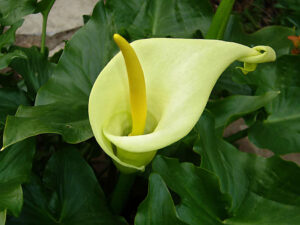
ingesting it can cause hypersalivation, allergic reactions, burns, or heart problems.
Belladonna
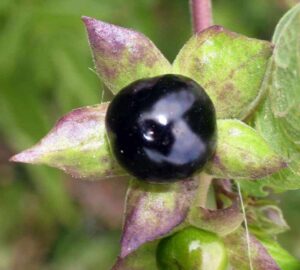
its berries can be confused with blueberries. Their unpleasant, bitter taste should deter an adult, but all it takes is a few fruits for this plant to become deadly to a child. This is the case with many other berries such as aucuba, pyracantha, cotoneaster, mistletoe, or holly.
